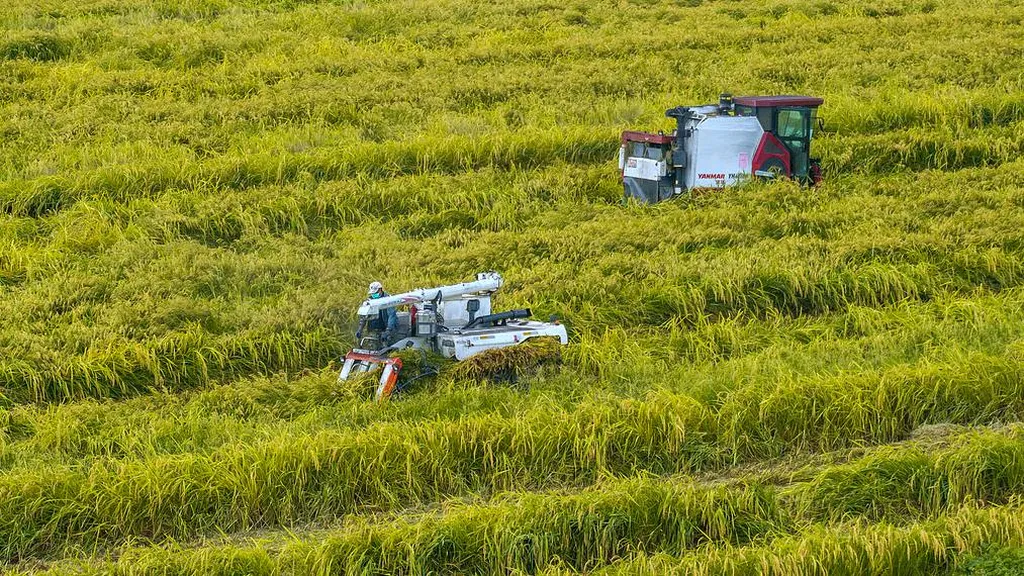In the undulating landscapes of Southwest China, where soybean and corn plants grow in close quarters, farmers face a formidable challenge: harvesting soybeans efficiently and sustainably. The hilly, mountainous terrain complicates mechanized harvesting, leaving a gap in the market for innovative solutions. A recent review published in *Sensors* by lead author Xinyang Gu of the School of Agricultural Engineering at Jiangsu University sheds light on how sensor-centric intelligent systems could revolutionize soybean harvesting in these challenging agro-environments.
Traditional harvesting machinery often falters in these complex terrains, struggling with instability, inconsistent cutting, and low efficiency. Gu and his team argue that the solution lies not just in mechanical redesigns but in advanced sensing and perception technologies. “The core failures of conventional machines—instability, inconsistent cutting, and low efficiency—are fundamentally perception problems,” Gu explains. By addressing these issues with cutting-edge sensors, the team believes they can pave the way for more efficient and sustainable harvesting.
The review highlights five key areas where sensors can make a significant impact. First, terrain-profiling sensors integrated with adaptive headers can help machines navigate the uneven terrain more effectively. Second, inertial measurement units (IMUs) and inclination sensors can enhance chassis stability and traction on steep slopes. Third, multi-sensor fusion of LiDAR and machine vision with artificial intelligence (AI) can improve crop identification, navigation, and obstacle avoidance. Fourth, vision and spectral sensing can enable selective harvesting and pre-sorting of impurities. Finally, acoustic and vibration sensing can lead to low-damage, high-efficiency threshing and cleaning.
These advancements could have profound commercial impacts for the agriculture sector. By improving harvesting efficiency and reducing crop damage, sensor-centric intelligent systems could increase yields and reduce costs for farmers. This is particularly important in regions like Southwest China, where the terrain poses significant challenges to traditional harvesting methods. Moreover, the integration of AI and multi-sensor fusion technologies could open up new avenues for precision agriculture, allowing farmers to optimize their operations and maximize productivity.
The review also acknowledges the technological and socio-economic barriers to deployment. While the potential benefits are substantial, implementing these advanced systems will require significant investment and infrastructure development. However, the team remains optimistic about the future. “Compact, intelligent machinery powered by sensing, data fusion, and real-time control is essential for sustainable, efficient soybean harvesting in challenging terrains,” Gu states.
As the agriculture sector continues to evolve, the insights from this review could shape the development of future harvesting technologies. By focusing on sensor-centric solutions, researchers and engineers can address the unique challenges posed by complex agro-environments and pave the way for more efficient and sustainable farming practices. The work of Gu and his team not only highlights the potential of advanced sensing technologies but also underscores the importance of interdisciplinary collaboration in driving agricultural innovation.

